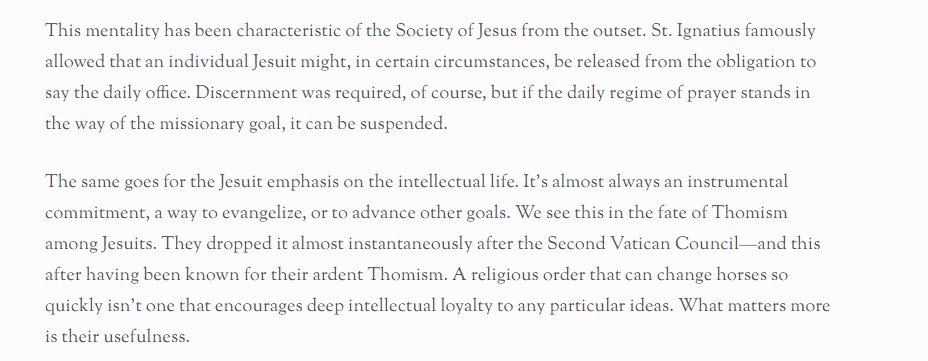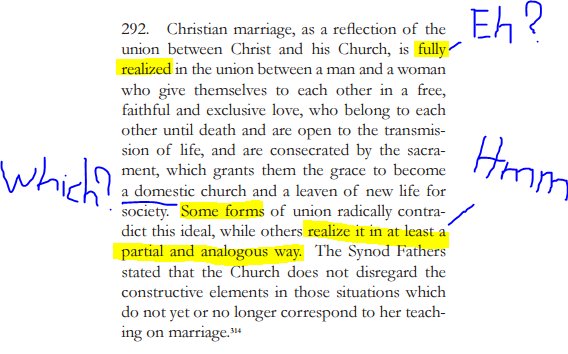I do not believe that any historical concept other than katechon would have been possible for the original Christian faith. The belief that a restrainer holds back the end of the world provides the only bridge between the notion of an eschatological paralysis of all human events and a tremendous historical monolith like that of the Christian empire of the German kings. The authority of church fathers and writers, such as Tertullian, Hieronymus, and Lactantius Firmianus, could be reconciled with the Christian transmission of sibylline prophecies, in the conviction that only the Roman Empire and its Christian perpetuation could explain the endurance of the eon and could preserve it against the overwhelming power of evil. For German monks, this took the form of a lucid Christian faith in potent historical power. Anyone unable to distinguish between the maxims of Haimo of Halberstadt or Adso and the obscure oracles of Pseudo-Methodius or the Tiburtinian sibyls would be able to comprehend the empire of the Christian Middle Ages only in terms of distorting generalizations and parallels, but not in terms of its concrete historical authenticity.
This arresting paragraph, found on pg. 60 of Carl Schmitt’s The Nomos of the Earth in the International Law of the Jus Publicum Europaeum, offers more depth on the importance of the katechon (restrainer) in Schmitt’s thinking and, indeed, in Christian history. The katechon, in Schmitt’s interpretation, injects meaning into history by justifying the political form it had inherited from the Roman Empire. Politics did not end at the Ascension; they took on a new, vastly more important, shape. Political authority was no longer an alien imposition upon the faith of the true believers it Christ. It became the means by which that faith could be sustained, even transmitted, to as many men as possible before the age of antichrist and the triumphant Day of the Lord.
As I noted in yesterday’s post on this subject, it is fashionable for Christians today to decry politics. The most vocal are the young, but there are several generations now of “enlightened Christians” who find it imperative to shed the history of their Faith of all Constantinian elements. They are as embarrassed by Justinian’s cult in the East as they are of Charlemagne’s in the West. They prefer the idea of liberal democracy to everything else because it gets them, and their religion, off the hook for war, destruction, and death. They say that they will die for their “faith in Jesus Christ” but they want nothing to do with the actual faith of Jesus Christ which came into the world at an actual moment in time, when Augustus ruled the earth, and was upheld and delivered throughout all lands by innumerable Christian kings.
Now the Christian authorities of the earth have been displaced and yet the end of the eon has not come to pass. We do not think about the kathechon explicitly anymore, but it must still exist, yes? Something must be holding back the antichrist, as St. Paul tells us. It is not the Roman Empire. It is not the Christian European polities. And it is almost certainly not the United States, one of the greatest affronts to true Christian authority ever conceived by man. (The advent of atheistic communism is only a footnote to the explosion of a thoroughly anthropocentric politics in the 18th Century.)
Maybe it is best not to meditate on this matter too deeply, for it may lead some to conclude the restrainer is no longer present and the End is closer than our pornography-saturated, iPhone-obsessed culture could ever dare contemplate.


